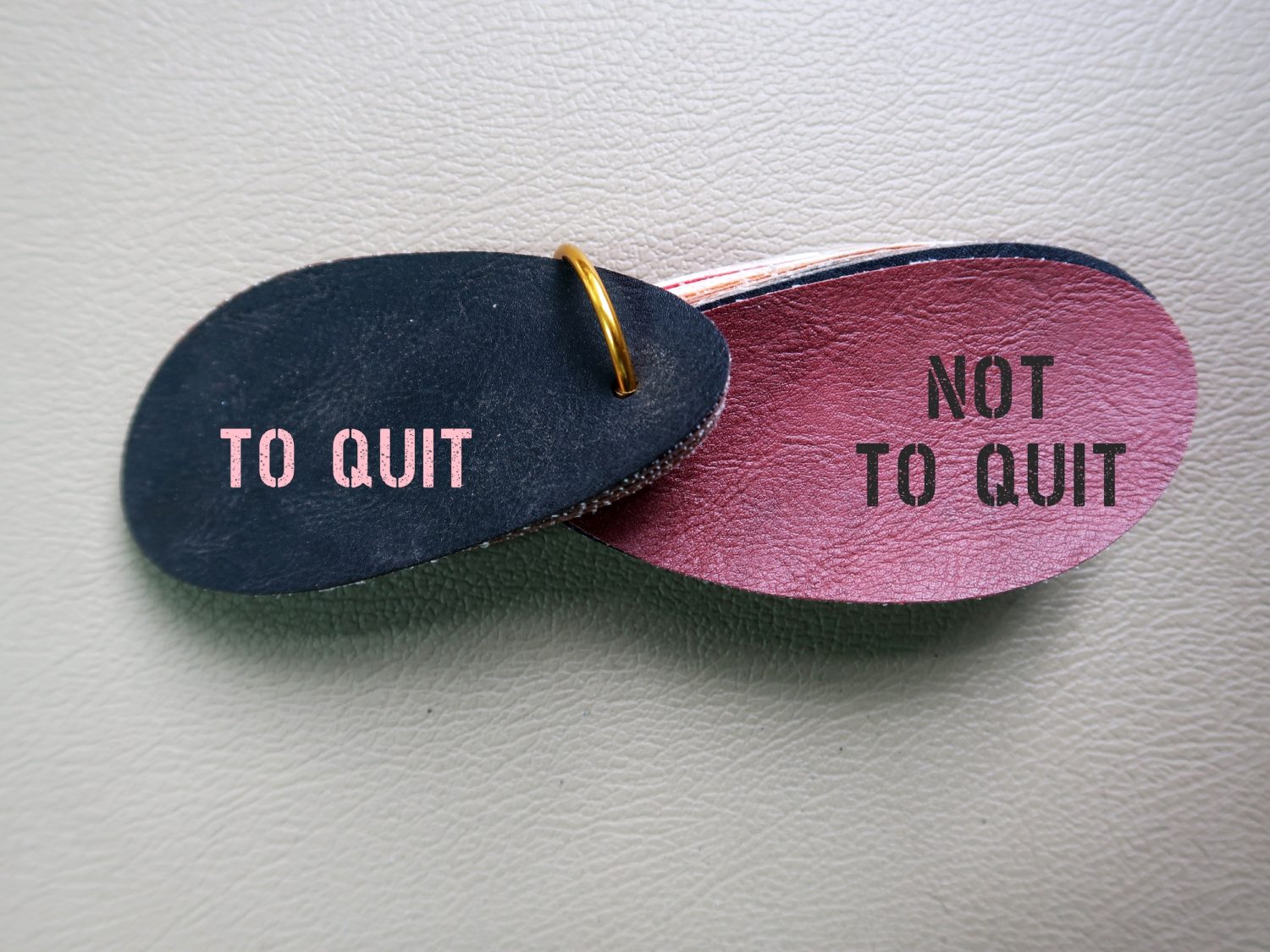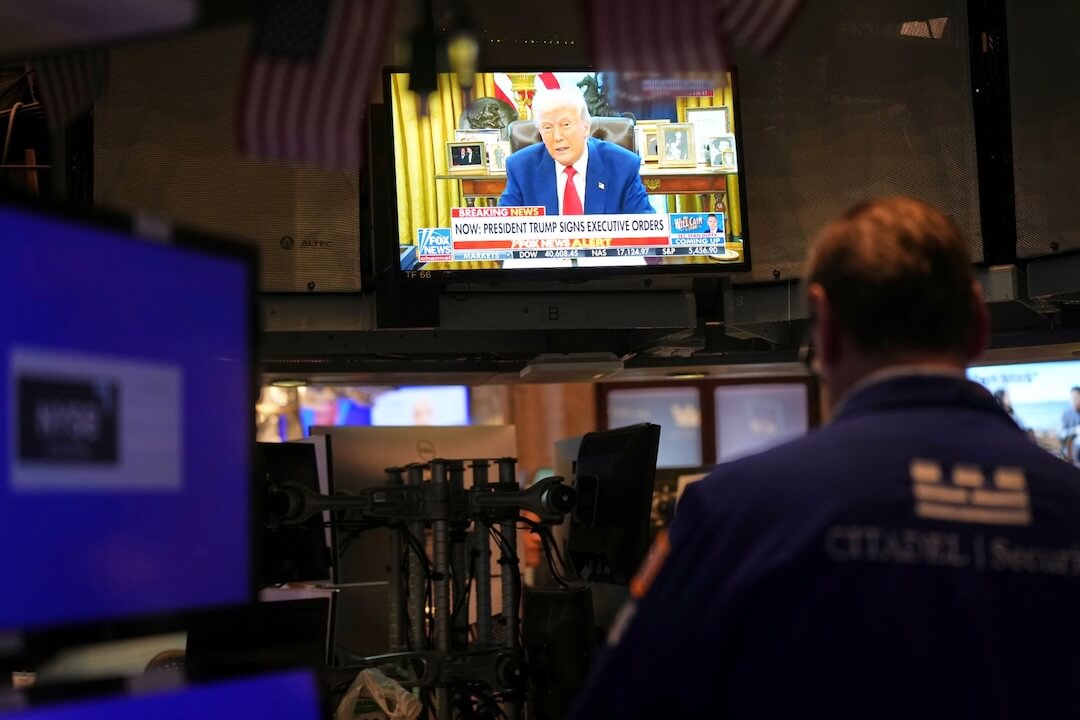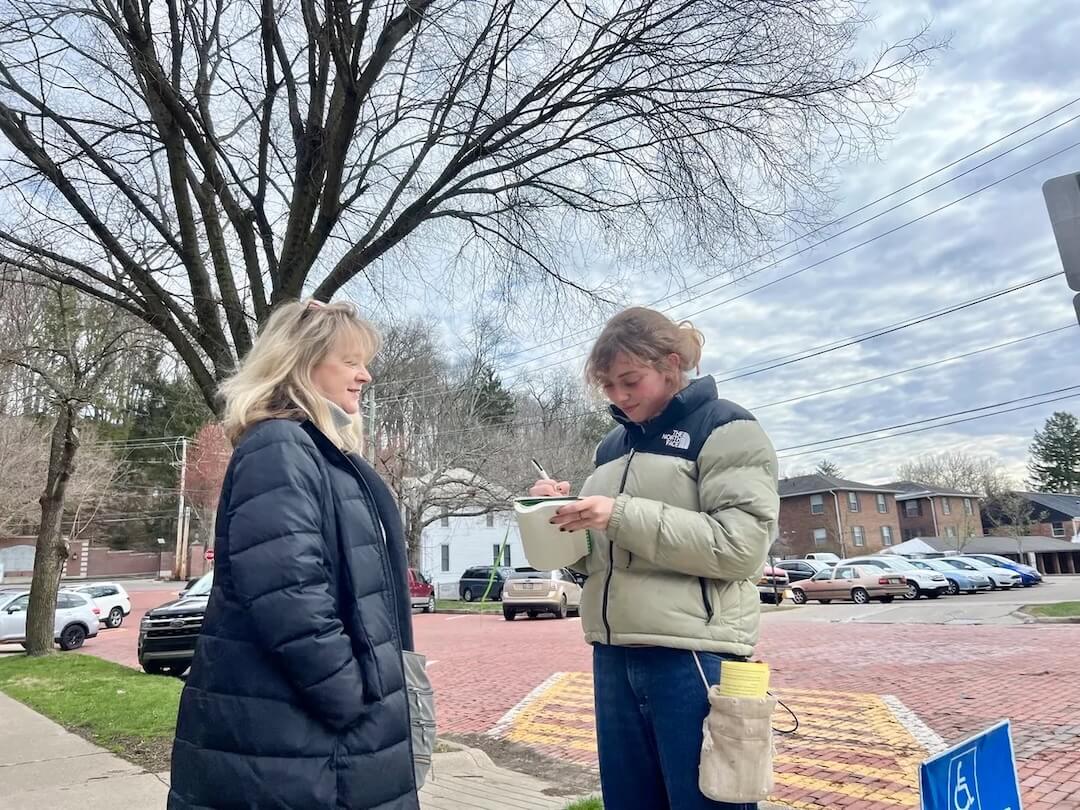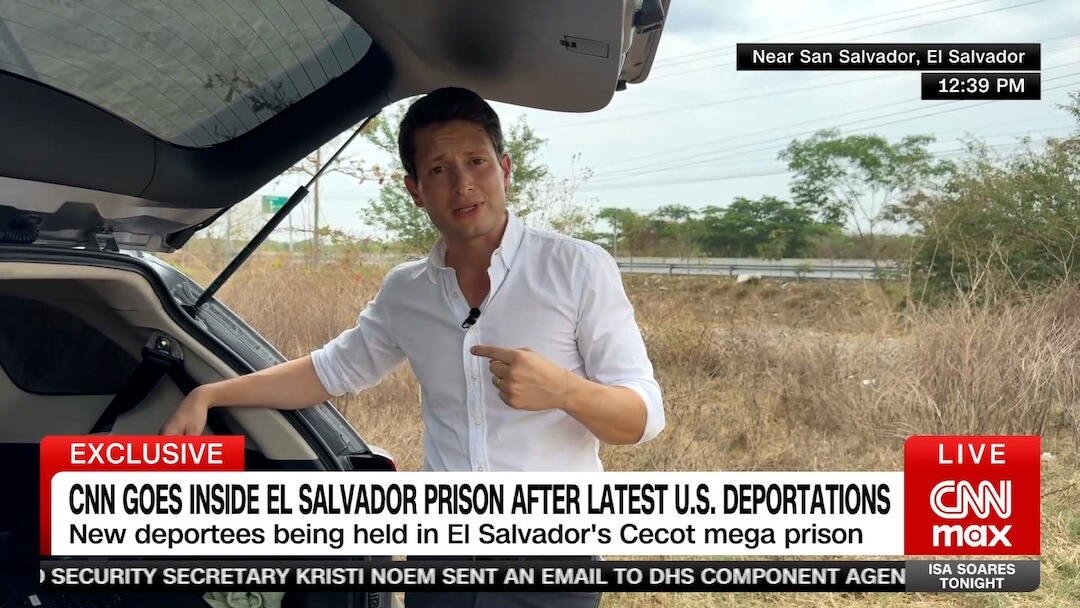I left my job in the spring of 2021, just a few months before a huge wave of people left their job (nearly 13 million between August and October). Something is in the air, it seems, and the media has dubbed it the Great Resignation.
Watch on TikTok
Having been a quitter on the early side of this wave, I’ve been asked what I did to prepare for my leap into what I thought was surely going to be a financial and emotional abyss. While my decision to leave the safety of a full-time, salaried job was not necessarily premeditated, I do tend to have a prepper mentality about life and had rearranged my finances in ways that made a transition into the scary road of patchwork incomes less bumpy.
Below are a few things that I’ve shared with the many folks who have asked me for advice. I’m also sharing a spreadsheet anyone can use to figure out their budget. I have a very specific story and career, but I hope that some of the steps I took can help others research their own path forward.
Assess your basic needs
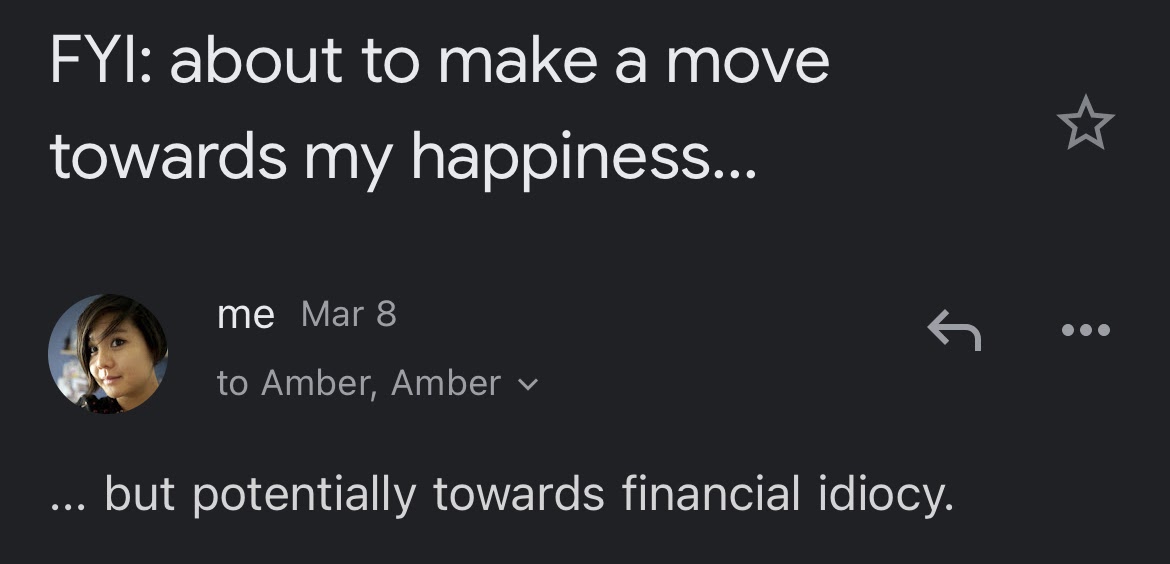
A screenshot from an email I sent to my financial planner one week before I tendered my resignation. (Courtesy: Lam Thuy Vo)
As someone whose immigrant parents always worried about money, I have a constant fear of imminent doom instilled in me. This also conditioned me to always have an idea about what number I need to make my basic ends meet.
Here’s a simple breakdown of my costs that I put together with my financial adviser (shoutout to Amber Carter, who’s helped me understand my situation as concretely as possible!):
- Fixed costs that stayed more or less the same over time — housing, bills, subscriptions. This is an amount I always need to pay and keep in mind.
- Flexible costs such as groceries, shopping or going out. This is something I can change through my behavior.
- There are also “invisible” costs we may think about once but that become a bigger question mark when you’re freelancing. Taking a financial leap meant figuring out health insurance or including the costs of a reporting trip when pitching a story.
Knowing all these numbers was essential in helping me first understand how much money I need per year and then, more concretely, what numbers I need to hit monthly.
Like a lot of freelancers, I have a regular part-time gig that luckily also provides me with some health insurance. As a data journalist in residence at the Craig Newmark Graduate School of Journalism, I can cover a large amount of my fixed costs through teaching part time.
Knowing that the rest of my income would need to cover my flexible costs gave me a guide as to how I’d have to budget.
Last but not least, I also left my job to pursue a long-term project. I’d be remiss to not mention that, if you have a specific journalistic project you want to pursue, then you can find supplementary income through fellowships (I have two!), which can free up even more time for research.
Find your most valuable skill
The most helpful assessment was understanding my most valuable skill. Every minute spent on a project comes with a price tag that you set. The lower your hourly rate, the more time you spend doing things that you may enjoy but that may not help you make ends meet.
Below is a breakdown of my freelance income (not counting my part-time teaching job at CUNY or my fellowships) by type of work performed over the last six months:
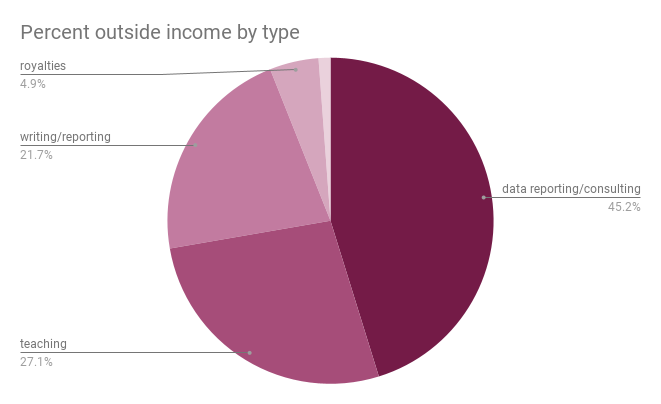
(Courtesy: Lam Thuy Vo)
(I put together a template income spreadsheet that auto-populates a chart like this for you. Feel free to make yourself a copy of it.)
Data reporting and consulting (essentially, data analyses, project management and editing) provided almost half of my freelance income, followed by teaching one-off data journalism workshops. Writing and reporting made up a relatively small amount of my freelance income, 21%, despite taking a lot of time. And pay for reporting and writing varies widely: Some small outlets paid me $1,000 for a 1,500-word article, while some institutions paid as little as $300 for an article of the same length.
This process has brought up interesting questions: What is the most valuable skill I bring to the table? And what are the things I want to spend the most time on? Data reporting brings in my highest hourly pay, but — if I had to pick — my favorite thing is to do really in-depth reporting and long-form writing. I understood that the former would have to substitute the latter.
In some ways, this is not unlike any other job. Seldom are we lucky enough to have a full-time position in which we spend 100% of our time doing the thing we absolutely love (maybe that would also be bad, the same way eating your favorite food all day every day would spoil it for you).
Sometimes there are admin things we have to do, labor we may do to help our institutions improve (hello to my fellow former diversity committee members!) or sometimes we just need to pitch in with the team we’re on. None of this is bad. A lot of the work I do may not be the thing I most love but still enjoy doing.
Assigning a dollar figure to each skill, however, just helps you compartmentalize different tasks in helpful ways. If I do one day of data work a week, I can free up two days to work on my reporting passion project.
Creating tunnel vision
When you leave an institution, you may lose the feeling of belonging to this industry. This means you may carry anxiety, burnout and insecurity into your new freelance life.
There’s the FOMO of no longer being part of a newsroom and the resources that come with that. There’s the unnecessary pressure you may feel that you’re still “relevant” in the eyes of blue-checkmarked Twitter whenever people are hyping each other up on social media. There’s also the ever-more pressing issue of burnout. This is something many journalists feel when just doing their job and that may be more pronounced for journalists of color who’ve had to cover a national racial reckoning while increasingly being asked to fix the industry’s diversity problem.
What’s helped me figure out a better way forward is to keep reminding myself of what it is I actually want to do. Based on that, I built my own metrics of success and created an environment of extreme tunnel vision that won’t let me see anything else.
Even if it’s riddled with hurdles and worries, in some ways leaving a job is a big opportunity to redraw your career — temporarily or for good. Now that you’re less beholden to forces that have steered your organization’s choices for coverage — whether it’s awards, traffic or the opinion of other journalists — you have the time to build your own moral compass.
What makes for impact in your eyes? Who specifically are you serving with your storytelling? What subject is the kind you can’t stop obsessing about? How do you want to tell the story? And perhaps most important: How are you growing from it?
Once I answered these questions, I did a few things to keep myself sane:
- I aggressively Marie-Kondo-ed my social feed according to my new values: I muted or unfollowed accounts that primarily engaged in industry gossip or self-promotion (in one day I unfollowed 1,000+ accounts), sought out accounts that spread reliable information about my new chosen beat, and contacted the editors, not the brands, whom I really admired and wanted to work with.
- I made choices on assignments according to my value system whenever I could afford it. Sometimes that means working for smaller outlets, local or subject-based, but also having a bigger impact on both the team you work with or the audience they serve (shoutout to Documented!). Knowing that something doesn’t fit into your new tunnel vision allows you to say no and actively seek out opportunities in the realm that interests you.
- I created clear boundaries between work and me-time: This is more important than you’d think. Having clear times when you clock in and out gives you a finite time during which you have to get stuff done and a finite amount of resources you can dedicate to your stories. It also helps with the burnout: I quit my job so I can stop working in perpetuity. I can dedicate time to hobbies and other communities — meaning I can exist in other spheres. Existing in multiple worlds allows you to feel more stable when the job side of things doesn’t always pan out how you want or when you crave the validation of being part of a newsroom.
These measures do not entirely take away the insecurity I sometimes feel about not being attached to a brand. But it can certainly be a lifeline when I find myself spiraling into thoughts about not making it in this industry.
Is this path sustainable in the long run? I’m not sure. Much like many other resignees, I’m still figuring out my place during a time when we as a society are reexamining both the role of journalists and the nature of the work we do.
But I’m healing, finding balance and I have bought myself the time to redraw my plans for the future and work on the type of journalism I’ve never been afforded the time to do. As someone who’s always loved running adversarial experiments both inside newsrooms and outside of them, this is a time during which I’ll allow myself to experiment wildly with possibility.
Subscribe to The Collective for access to a subscriber-only feature: advice from our Council of Truth-Tellers.
The Collective is supported by the TEGNA Foundation.

